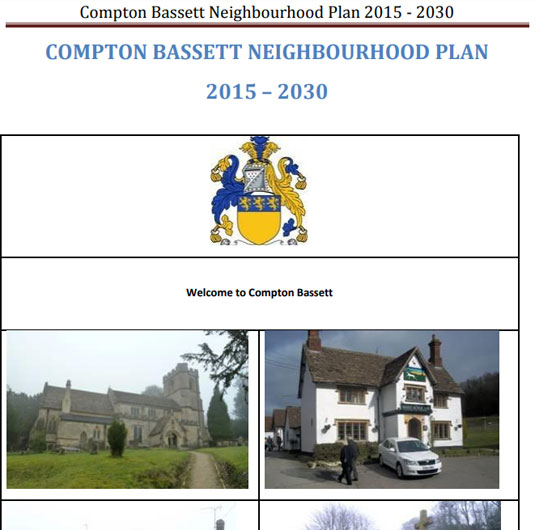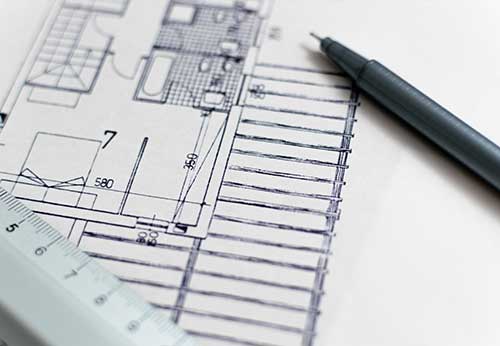Neighbourhood Plan
Document Archive 2019
What is a Neighbourhood Plan?
 Neighbourhood planning is the new way for communities to decide the future of the places where they live and work. The government has introduced the community right to do neighbourhood planning through the Localism Act.
Neighbourhood planning is the new way for communities to decide the future of the places where they live and work. The government has introduced the community right to do neighbourhood planning through the Localism Act.
Because of this act we will be able to:
- Choose where we want new homes, shops and offices to be built
- Have our say on what any new buildings should look like and what infrastructure should be provided
- Grant planning permission for the new buildings we want to see go ahead
Why does neighbourhood planning matter?
The planning system helps decide what gets built, where and when. It is essential for supporting economic growth, improving people’s quality of life, and protecting the natural environment.
In theory, planning was always supposed to give local communities a say in decisions that affect them. But in practice, communities have often found it hard to have a meaningful say. The government wants to put power back in the hands of local residents, employees and business, councils and civic leaders - those who know best the needs of their local areas.
Neighbourhood planning is optional, not compulsory. No one has to do it, if they don’t want to. But the government think that lots of people will want to take the opportunity, to influence the future of the place where they live or work.
How does neighbourhood planning work?
There are 5 key stages to neighbourhood planning.
Stage 1: Defining The Neighbourhood
First, we will need to decide how we want to work together.
In areas such as ours, with a parish council, the parish council will take the lead on neighbourhood planning. They have long experience of working with and representing local communities.
Stage 2: Preparing The Plan
Local people will need to pull together and prioritise their early ideas, and draw up their plans.
- We can choose to draw up either a plan, or a development order, or both. It is entirely up to us. Both must, however, follow some ground rules:
- They must generally be in line with local and national planning policies
- They must be in line with other laws
- If the local planning authority says that an area needs to grow, then communities cannot use neighbourhood planning to block the building of new homes and businesses; they can, however, use neighbourhood planning to influence the type, design, location and mix of new development
- Neighbourhood plans must contribute to achieving sustainable development
With A Neighbourhood Plan, we are able to establish general planning policies for the development and use of land in a neighbourhood. We will be able to say, for example, where new homes and offices should be built, and what they should look like. The neighbourhood plan will set a vision for the future. It can be detailed, or general, depending on what we collectively want.
With a Neighbourhood Development Order, we can grant planning permission for new buildings we want to see go ahead. Neighbourhood development orders allow new homes and offices to be built, without the developers having to apply for separate planning permission.
Stage 3: Independent Check
Once a neighbourhood plan or order has been prepared, an independent examiner will check that it meets the right basic standards.
If the plan or order doesn’t meet the right standards, the examiner will recommend changes. The planning authority will then need to consider the examiner’s views and decide whether to make those changes.
If the examiner recommends significant changes, then the parish council or may decide to consult the local community again before proceeding.
Stage 4: Community Referendum
The local council will organise a referendum on any plan or order that meets the basic standards. This ensures that we have the final say on whether a neighbourhood plan or order comes into force.
People living within the parish who are registered to vote in local elections will be entitled to vote in the referendum.
If more than 50% of people voting in the referendum support the plan or order, then the local planning authority must bring it into force.
Stage 5: Legal Force
Once a neighbourhood plan is in force following a successful referendum, it carries real legal weight. Decision makers are obliged to consider proposals for development in the neighbourhood taking into account the neighbourhood plan.
A neighbourhood order grants planning permission for development that complies with the order. Where we have made clear that we want development of a particular type, it will be easier for that development to go ahead.






